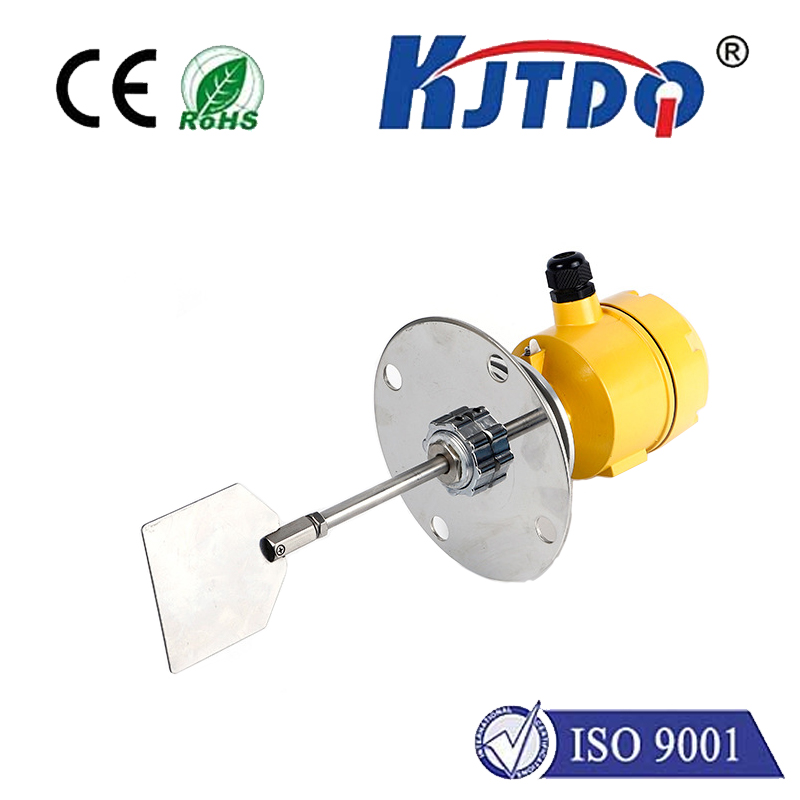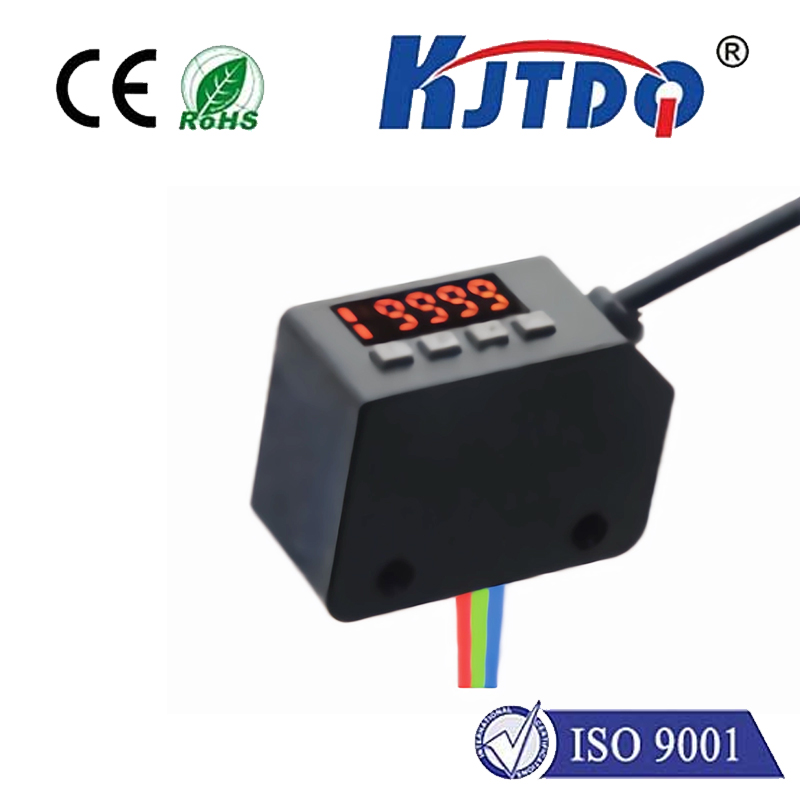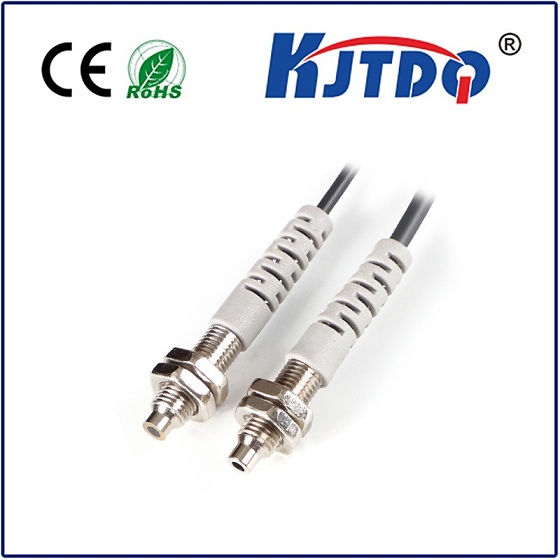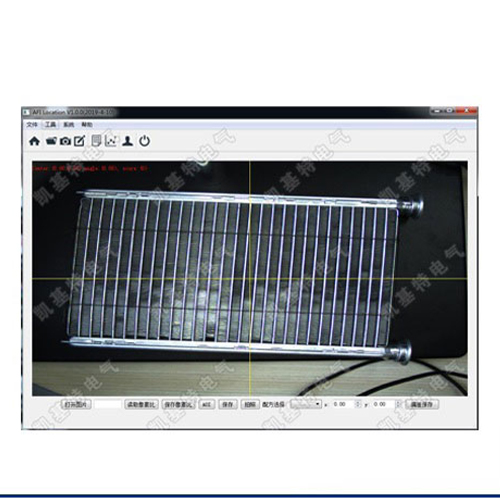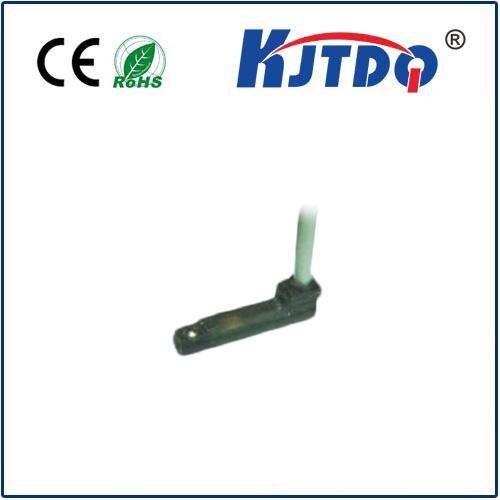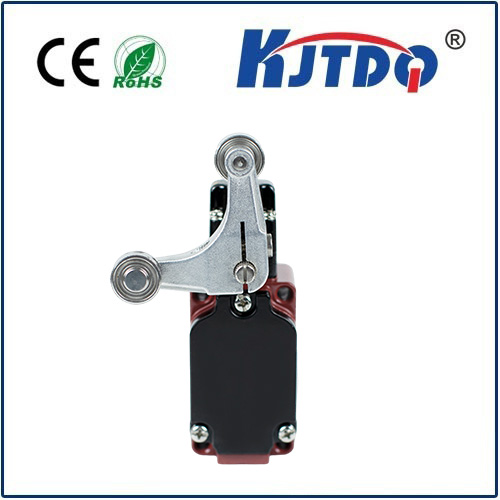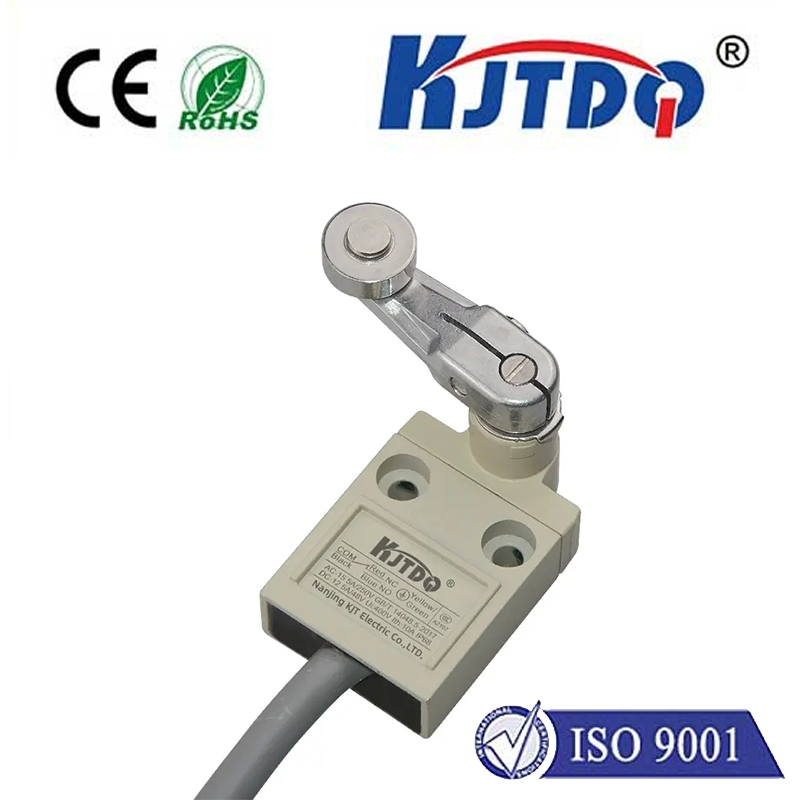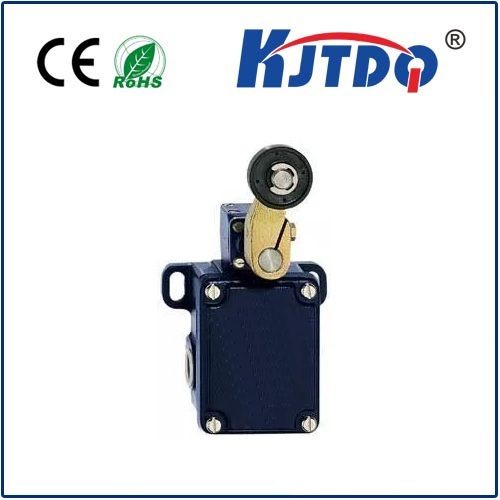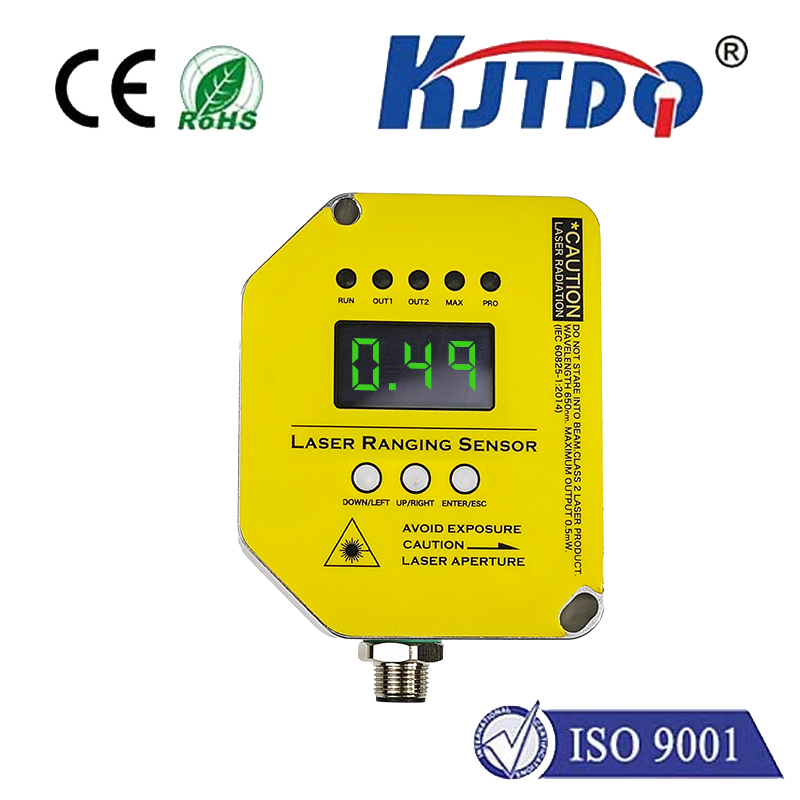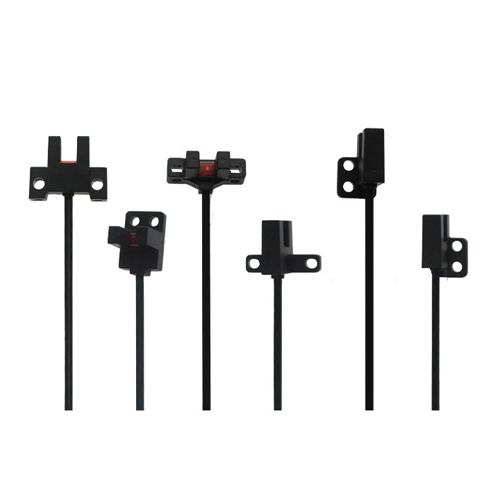BES018N high pressure proximity sensor
- time:2025-10-16 11:26:06
- Нажмите:0
BES018N: Precision Proximity Monitoring Under Extreme Pressure Conditions
Imagine a critical industrial process: massive hydraulic presses shaping metal, high-pressure injection molding creating complex parts, or demanding oil and gas operations where equipment integrity is paramount. In these environments, where extreme forces are at play, standard sensors often falter. How do you reliably detect position, confirm closure, or monitor movement when subjected not just to harsh contaminants, but crushing pressures that can physically damage sensitive components? This is the exact challenge the BES018N High Pressure Proximity Sensor is engineered to conquer.
Going beyond the capabilities of standard proximity sensors, the BES018N represents a specialized class designed specifically for applications where high ambient fluid pressure presents a significant operational hurdle. Unlike its conventional counterparts, its defining characteristic isn’t just sensing metal objects non-contactly but doing so reliably while being submerged in or exposed to oils, coolants, or hydraulic fluids operating under pressures that would compromise lesser sensors. This makes it an indispensable tool for industries pushing the boundaries of force and precision.
The Hallmark of Rugged Engineering: What Sets the BES018N Apart?
The BES018N sensor addresses the unique demands of high-pressure environments through several key design features:

- Robust, Pressure-Rated Housing: Constructed typically from high-strength materials like pressure-resistant stainless steel or specialized engineering plastics (like reinforced PBT), the housing is meticulously sealed. This prevents the ingress of fluids under pressure, protecting the sensitive internal electronics. The design often incorporates sophisticated sealing geometries and materials capable of withstanding sustained pressure cycles.
- IP68/IP69K Protection: Many variants of the BES018N boast these high Ingress Protection ratings. IP68 signifies submersion resistance at significant depths and durations, while IP69K guarantees resilience against high-pressure, high-temperature steam jet cleaning. This dual robustness is crucial for environments involving pressurised fluids and demanding washdown procedures.
- Exceptional Immunity: Operating reliably in the electrically noisy environments common near large motors, drives, and welding equipment is non-negotiable. The BES018N incorporates advanced electromagnetic compatibility (EMC) protection and often features integrated shielding to ensure stable switching performance even amidst significant electrical interference.
- Temperature Resilience: High-pressure systems often generate significant heat. The BES018N is designed to operate flawlessly across an extended temperature range, ensuring consistent performance from freezing cold storage to sweltering factory floors near heated presses or compressors.
- High Switching Frequency & Precision: Despite its ruggedness, it doesn’t sacrifice core proximity sensing performance. Offering high switching frequencies enables detection of fast-moving targets. Its precision ensures accurate, repeatable detection points critical for process control and safety interlocks.
Where the BES018N Shines: Key Applications
The unique advantages of the BES018N high pressure proximity sensor make it the preferred choice in numerous demanding sectors:
- Hydraulic Systems: Arguably its primary domain. Used extensively for detecting cylinder piston position (end-of-stroke), valve spool position confirmation, and monitoring component movement within hydraulic power units and on machinery like injection molding machines, presses (stamping, forging), and heavy construction equipment. It operates reliably while constantly bathed in pressurized hydraulic oil.
- Oil & Gas Industry: Monitoring valve positions, actuator states, and equipment status on drilling platforms, pipeline systems, and refineries, where exposure to pressurized crude oil, drilling mud, or hydraulic control fluids is commonplace.
- High-Pressure Die Casting & Injection Molding: Verifying mold closure, ejector plate position, and core pulls within the high-pressure, high-temperature environment of the machine.
- Marine and Offshore Applications: Used on winches, cranes, thrusters, and various hydraulic systems aboard ships and offshore platforms, resisting saltwater spray and pressurized fluids.
- Automotive Manufacturing: Employed in hydraulic test rigs, high-pressure leak testing stations, and within hydraulic clamping systems on automated production lines.
- Тяжелая техника: Essential for monitoring critical functions in excavators, bulldozers, cranes, and agricultural machinery where robust hydraulic systems are central to operation.
Technical Considerations: Understanding BES018N Parameters
Like any sensor, understanding its specifications is key to optimal integration:
- Sensing Distance: The rated operating distance (Sn) for detecting a standard target (usually mild steel). BES018N models typically offer practical sensing ranges suitable for common industrial positioning tasks within machinery.
- Output Type: Commonly available as 3-wire DC versions (PNP normally open or NPN normally open) or DC 2-wire, chosen based on the control system’s requirements. PNP (sourcing) is often prevalent in industrial settings.
- Supply Voltage: Designed to operate within standard industrial DC voltage ranges, such as 10-30V DC or 20-250V AC/DC depending on the specific variant.
- Electrical Connection: Options typically include durable M12 connectors (4-pin or 5-pin) or robust cable outlets (PUR or PVC jacketed), chosen for ease of installation and environmental resistance.
- Pressure Rating: This is the critical differentiator. The specific model suffix (e.g., BES018N-…-S4) often indicates its pressure tolerance. Ratings of 300 bar (4350 psi) or higher are common for handling demanding hydraulic applications. Always consult the specific datasheet for the exact pressure rating.
- Housing Material: Choices like stainless steel (V4A / 316L) for maximum corrosion resistance and pressure capability, or specialized plastics for chemical resistance and lighter weight.
Integration Best Practices
To maximize the longevity and reliability of your BES018N proximity sensor:
- Mount Securely: Ensure proper mounting using specified hardware and torque to guarantee a pressure-tight seal and prevent vibration damage.
- Mind the Environment: While resistant, avoid direct, continuous high-velocity fluid jets impinging directly on the sensing face unless the IP69K rating specifically covers that scenario.
- Electrical Protection: Utilize shielded cables and route them away from high-power lines to minimize electrical noise interference. Ensure proper grounding.
- Target Material & Distance: Verify the target material is ferrous (steel, iron) for inductive sensors like the BES018N. Factor in the actual sensing distance required and the sensor’s Sn rating, allowing some margin for installation tolerances and potential target wear.
The BES018N Advantage: Beyond Just Pressure Resistance
Choosing the BES018N high pressure proximity sensor translates into tangible operational benefits:
- Enhanced Reliability & Uptime: Its robust design drastically reduces failures caused by pressure ingress or physical damage, minimizing costly unplanned downtime.
- Reduced Maintenance Costs: Built to last in harsh conditions, the need for frequent sensor replacements diminishes.
- Improved Process Safety & Control: Accurate and reliable position feedback is crucial for safety interlocks (e.g., ensuring a press only cycles when the guard is closed and locked) and precise process control, preventing accidents and scrap.
- Многогранность: Its ability to handle pressure, temperature, and contaminants makes it a single-sensor solution for diverse challenges within demanding machinery.
- Long-Term Cost Efficiency: While potentially a higher initial investment than standard sensors, its durability and reliability lead to significant lower total cost of ownership over its operational life.
In the relentless pursuit of industrial efficiency and safety within high-pressure environments, the BES018N high pressure proximity sensor stands as a proven engineering solution. It embodies the critical

